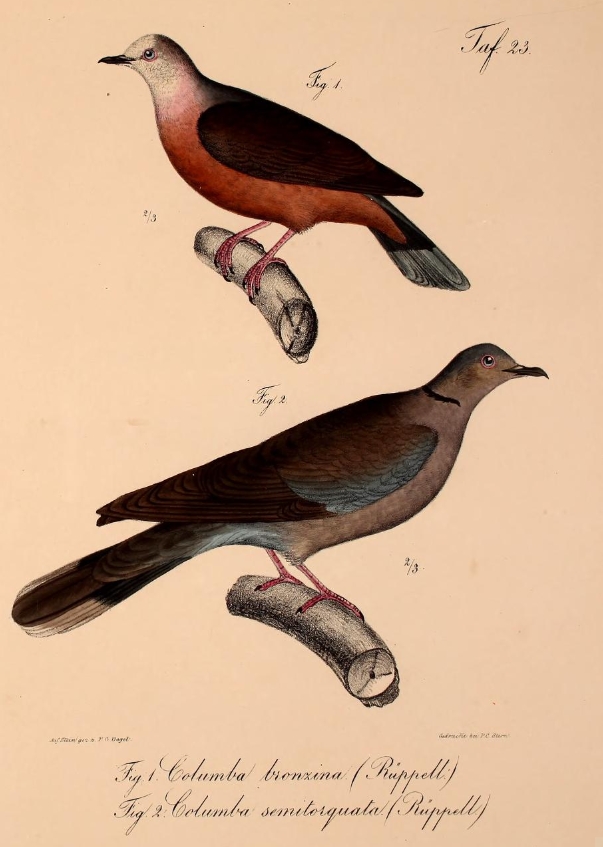|
| Query: Dove | Result: 43rd of 1265 | |
lemon dove (Columba larvata), red-eyed dove (Streptopelia semitorquata)
| Subject: | lemon dove (Columba larvata), red-eyed dove (Streptopelia semitorquata)
| | Poster: | Wiki Photos (---@---.---)
| |

| Resolution: 603x847
File Size: 222044 Bytes
Upload Date: 2017:02:20 16:49:20
|
|